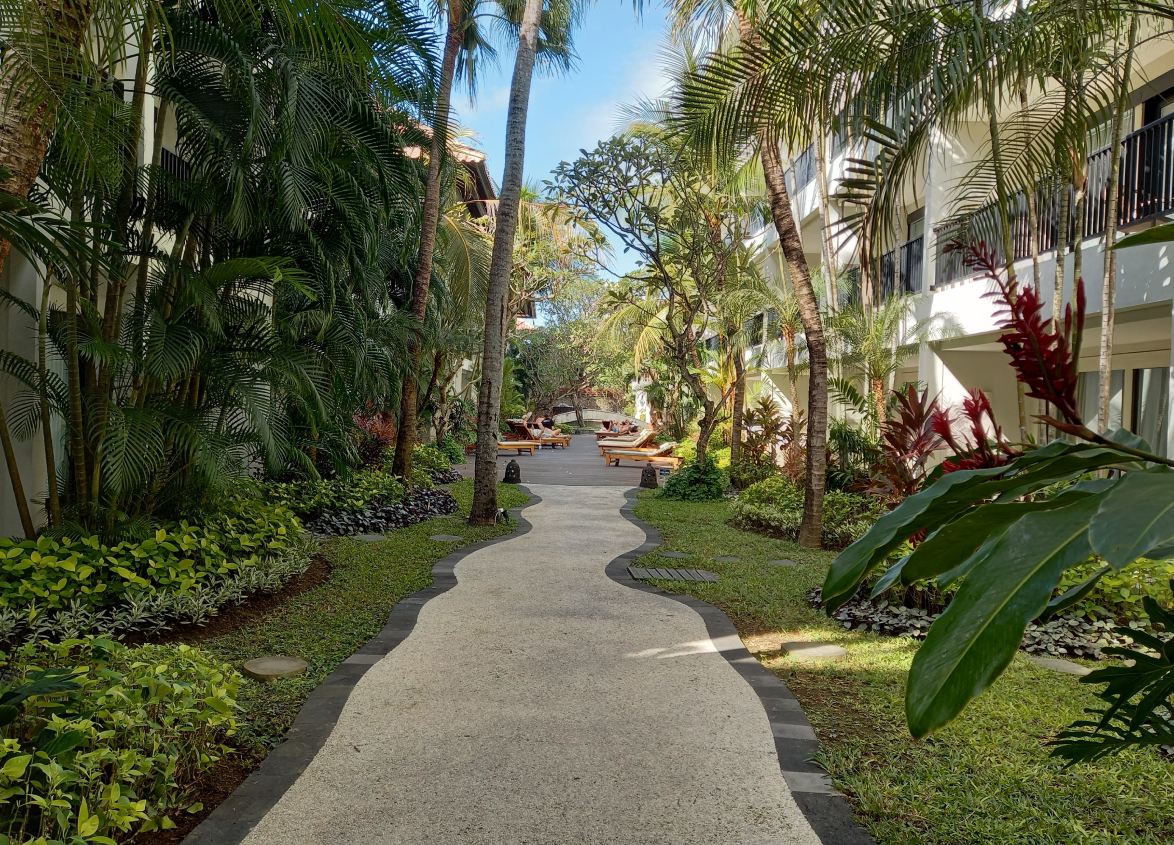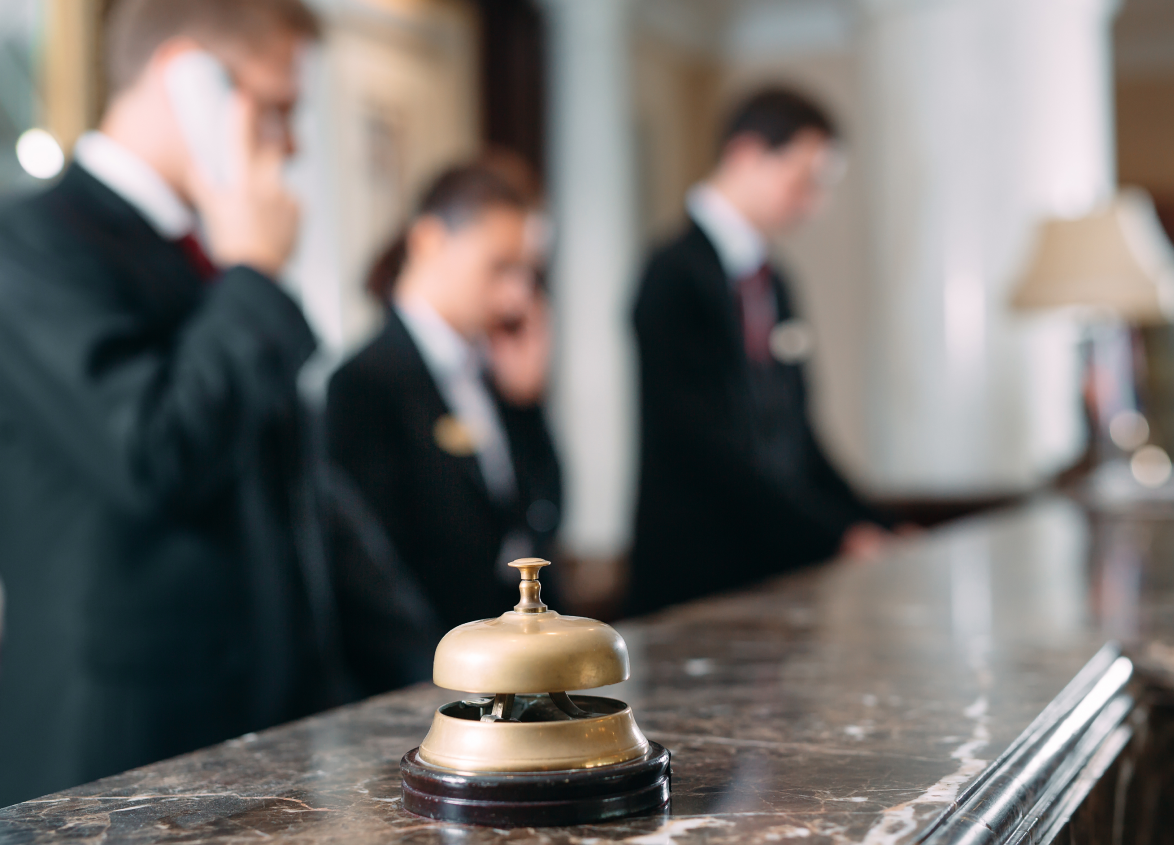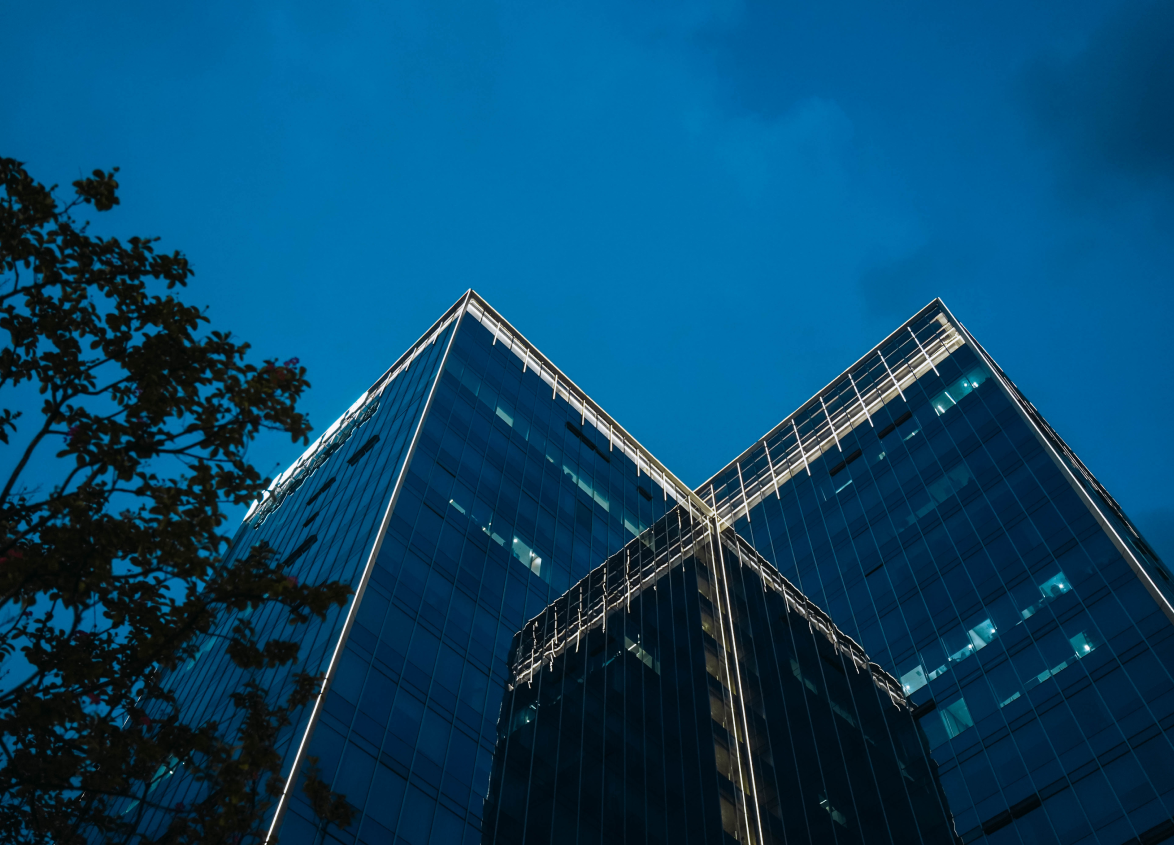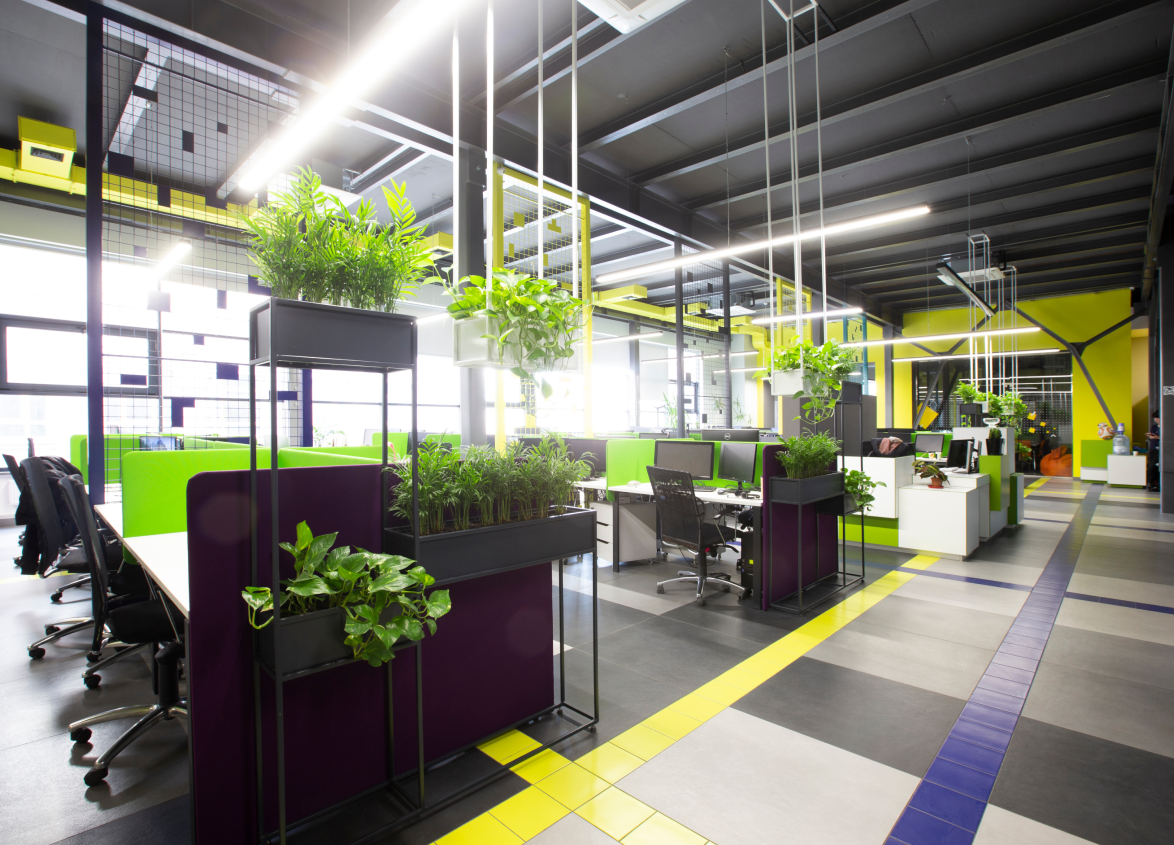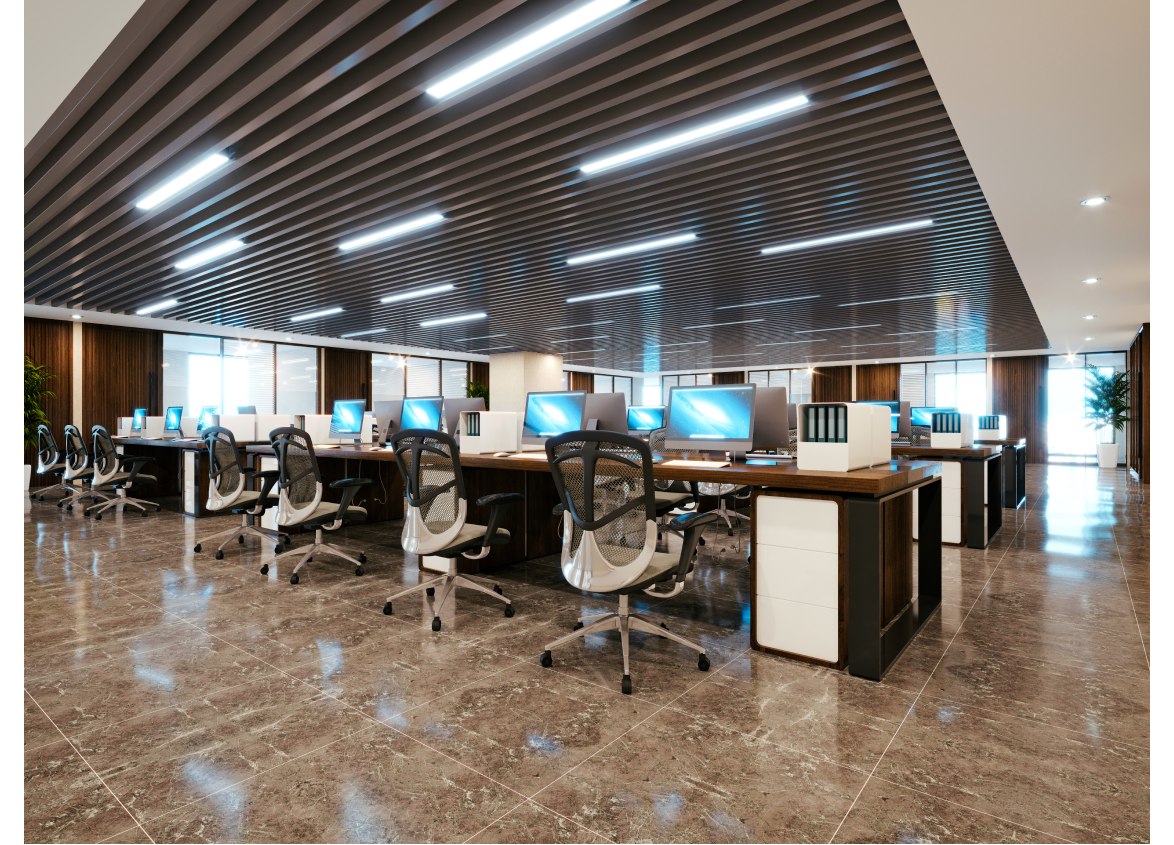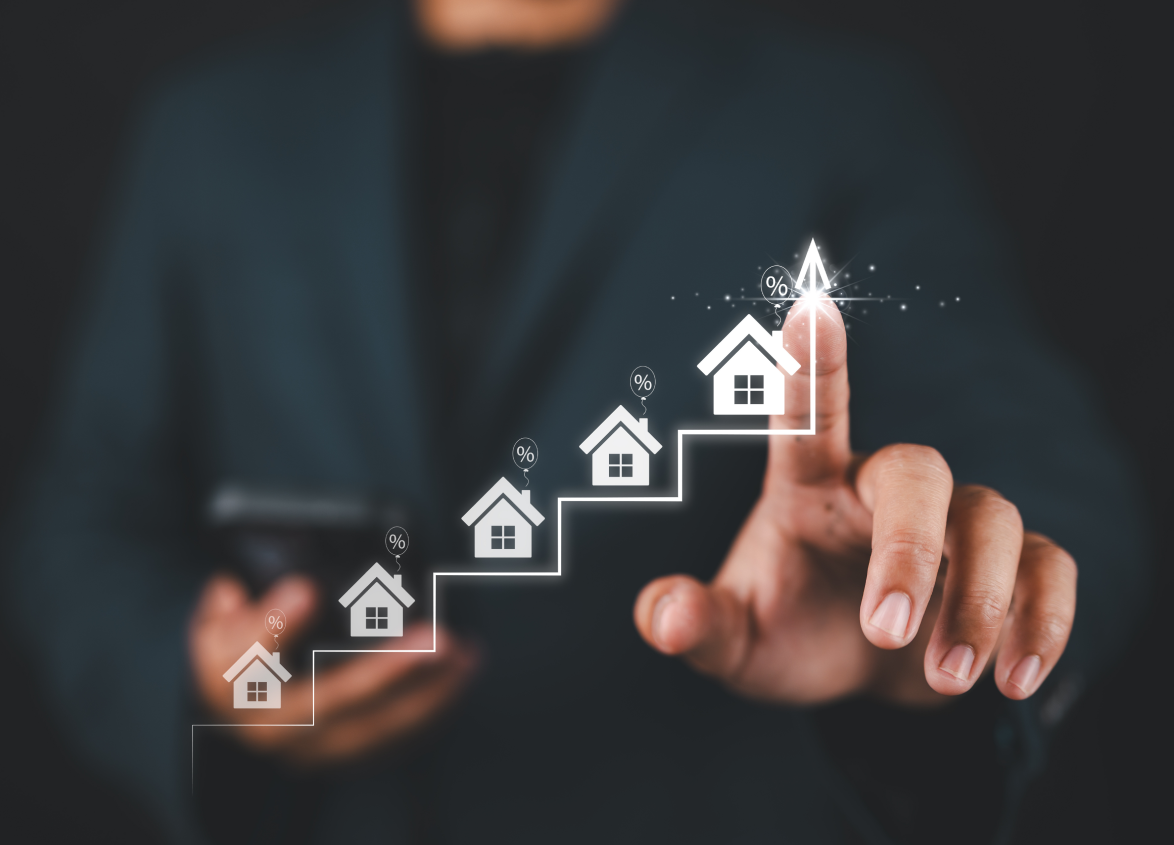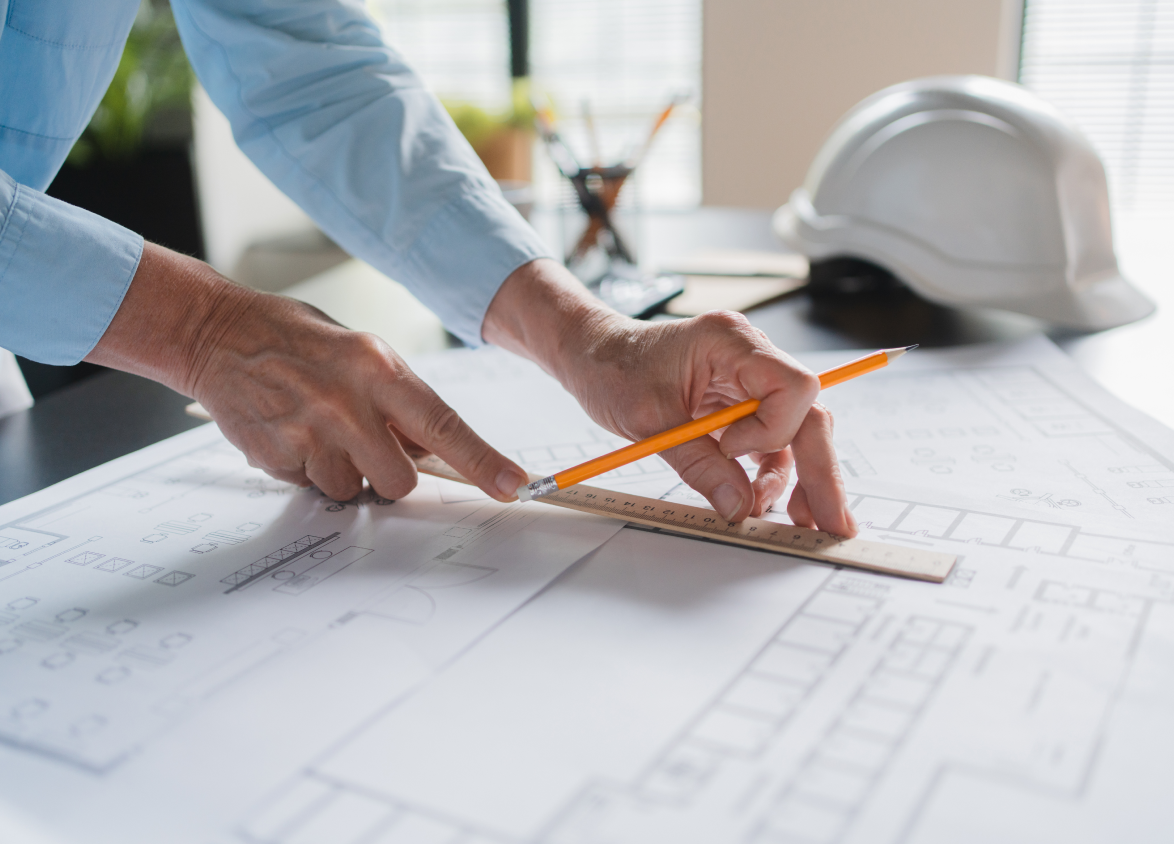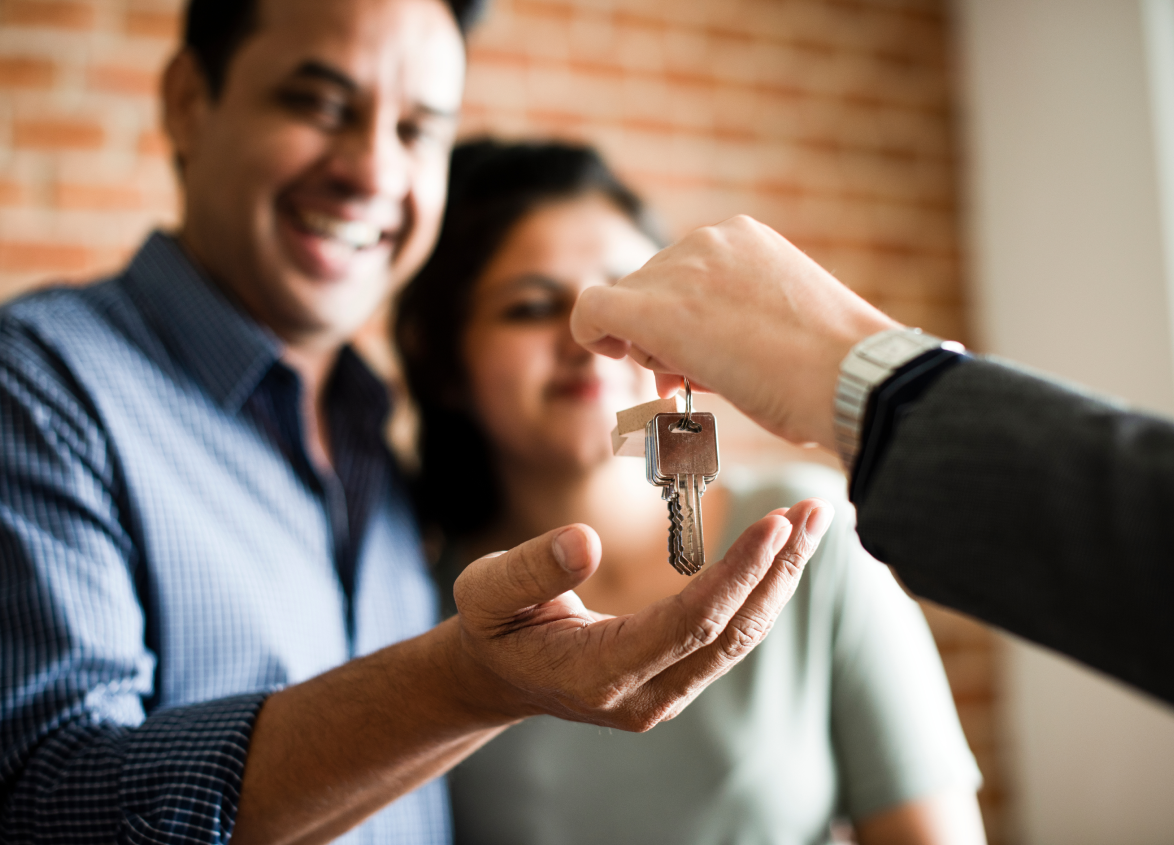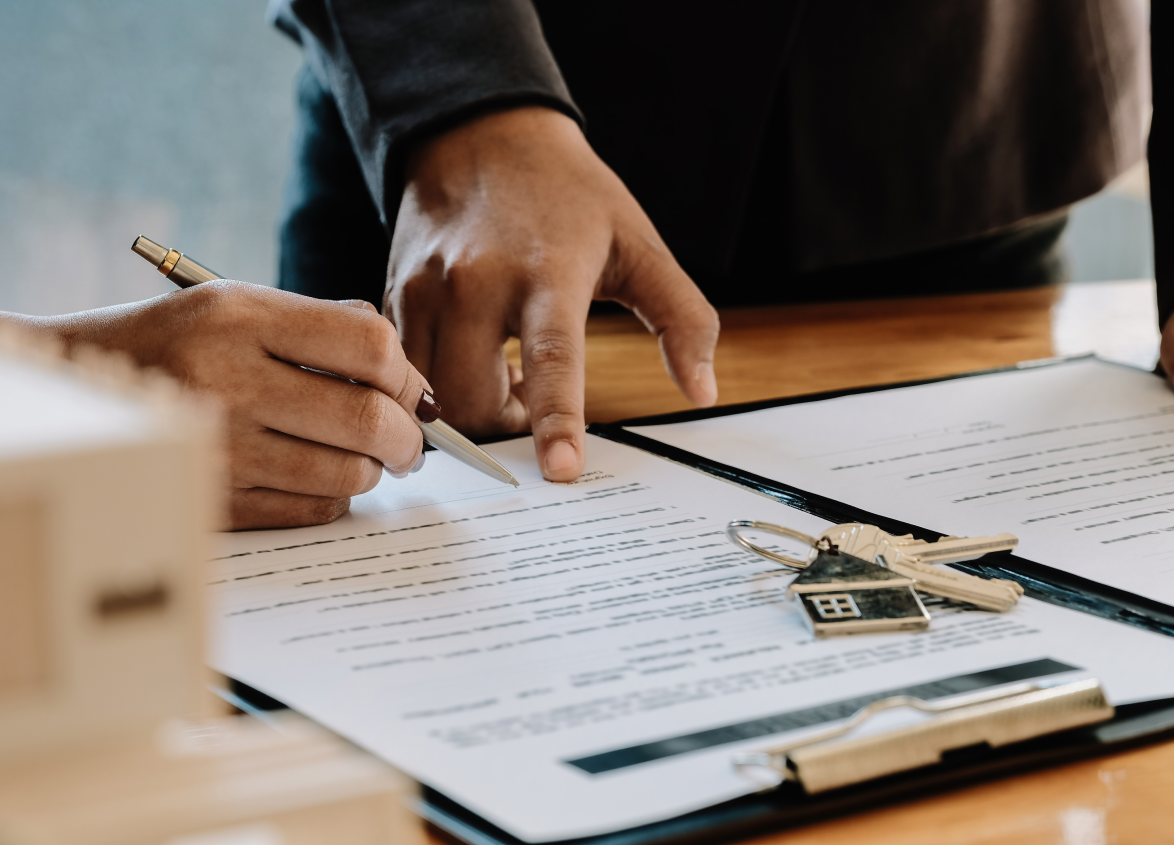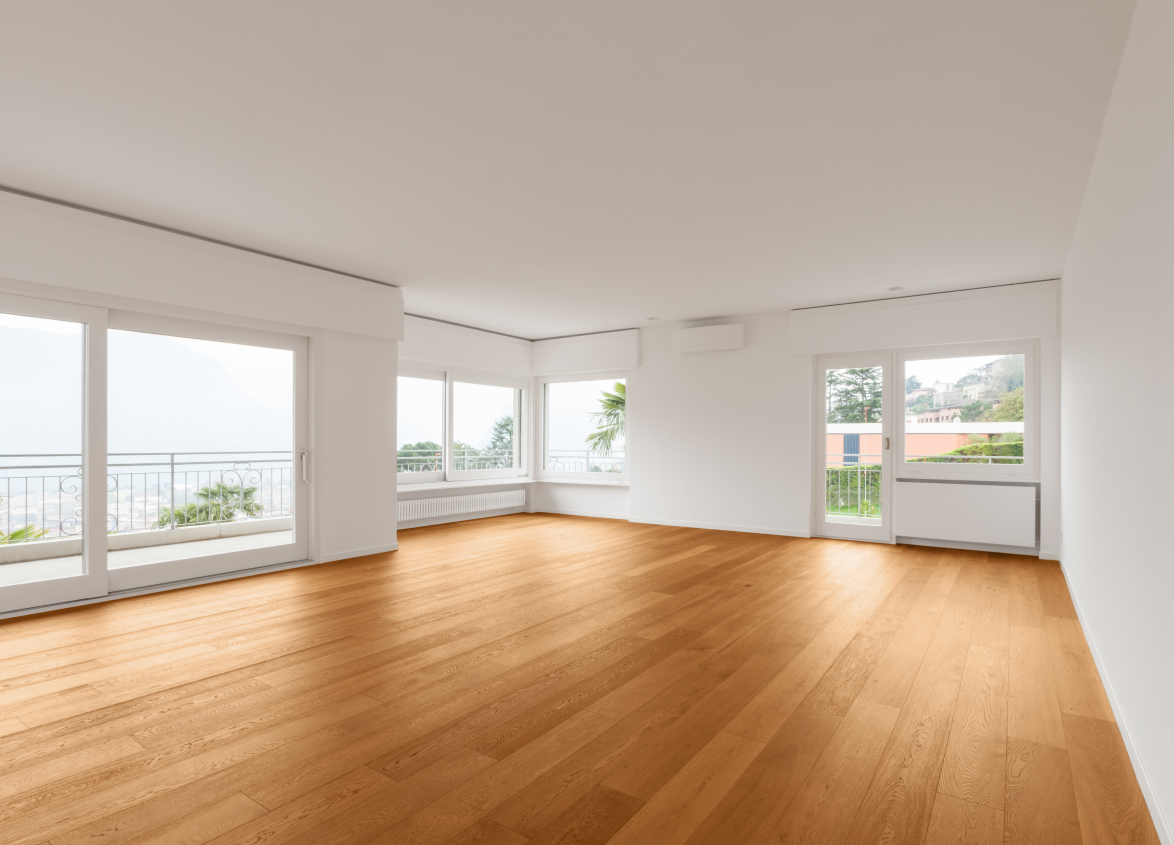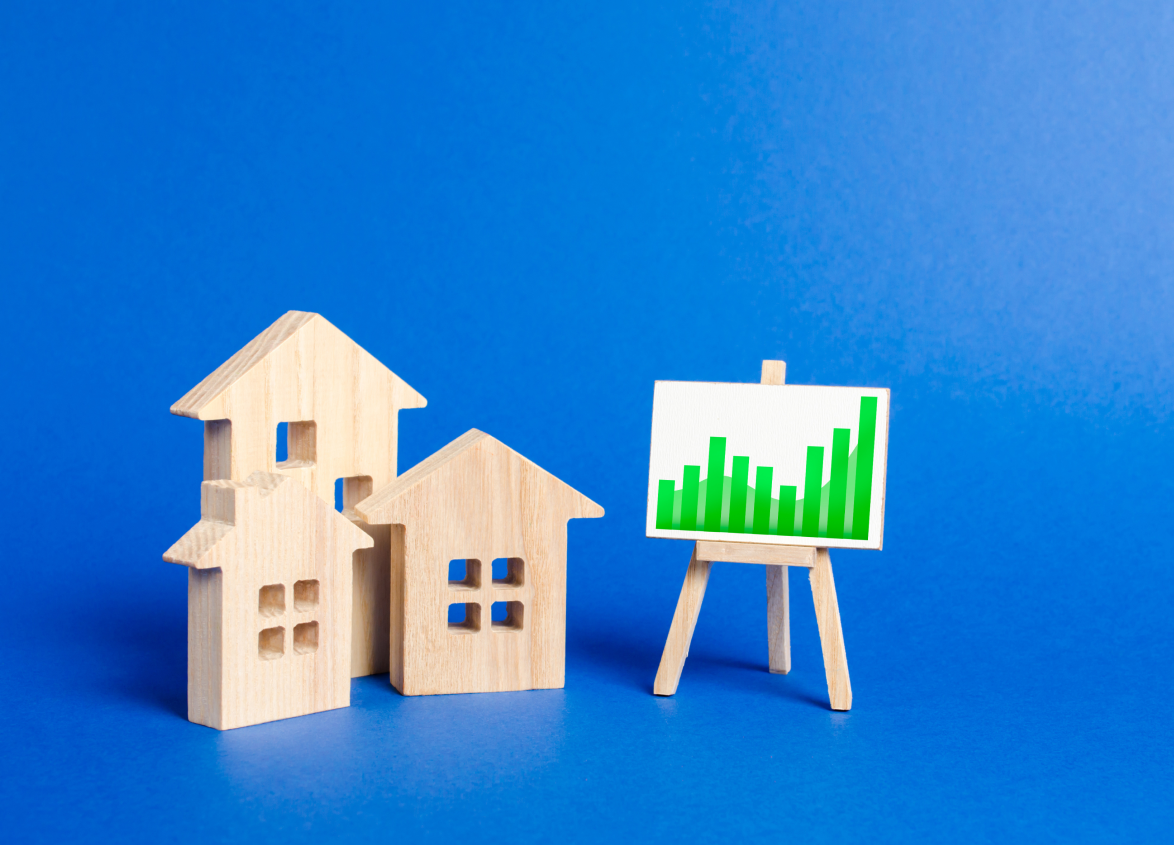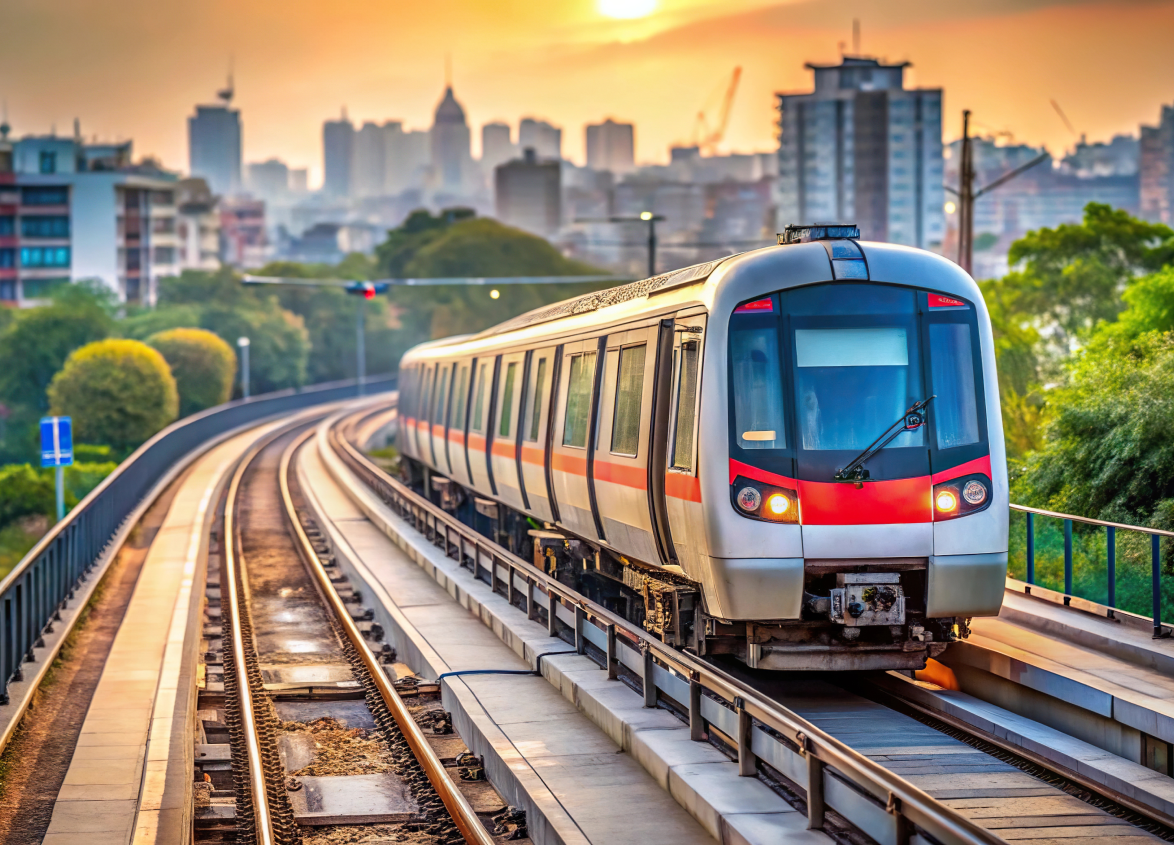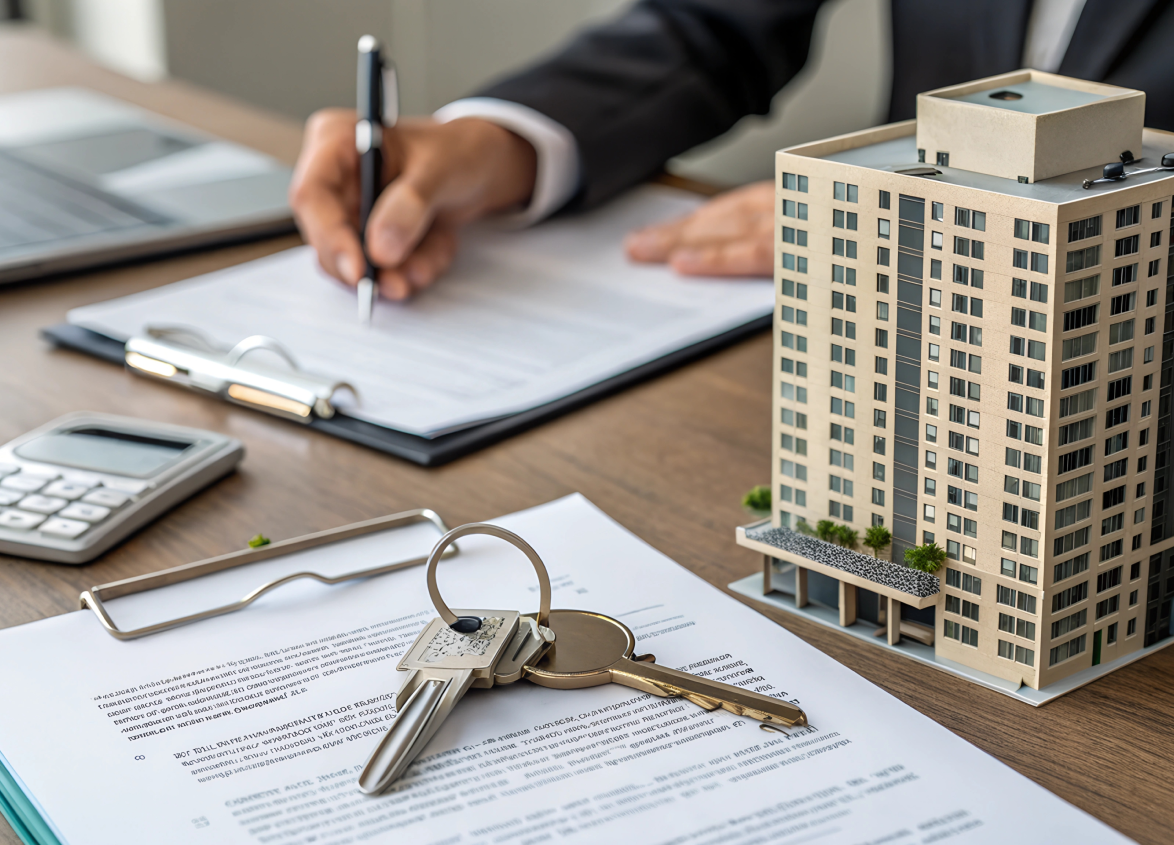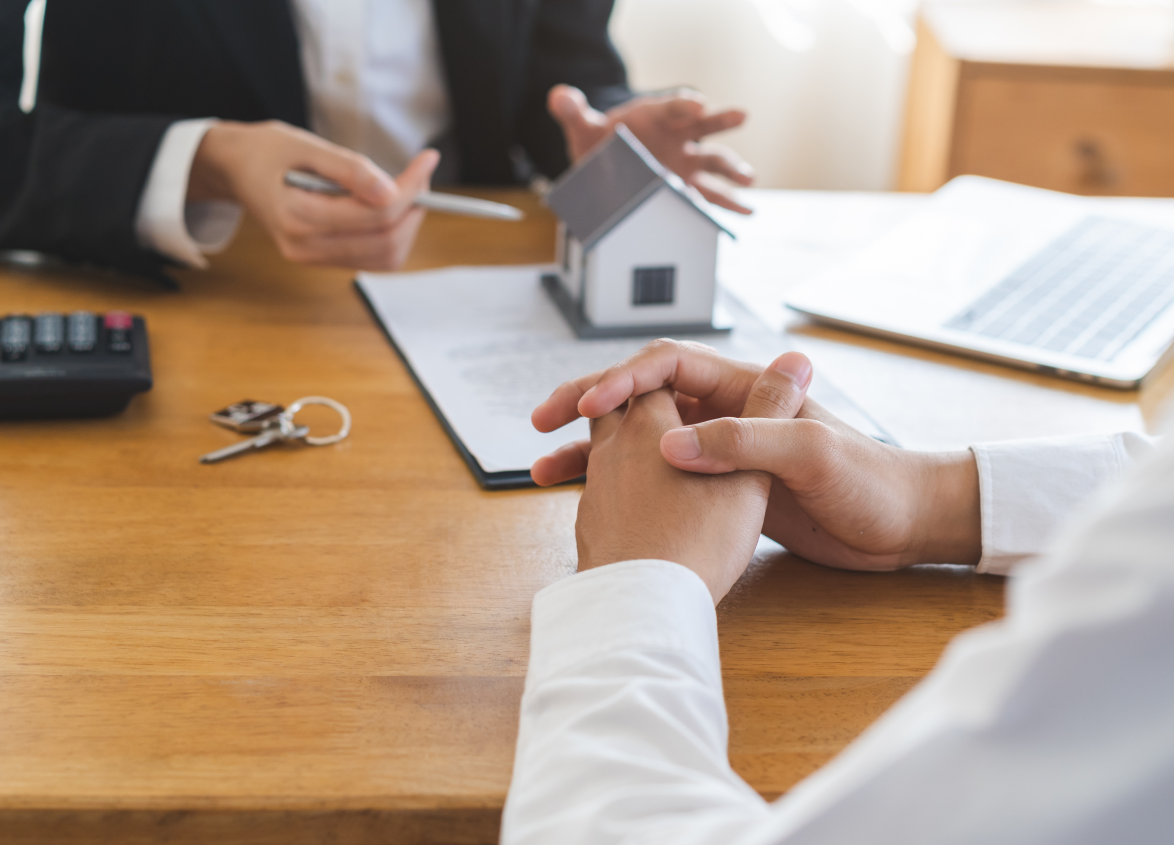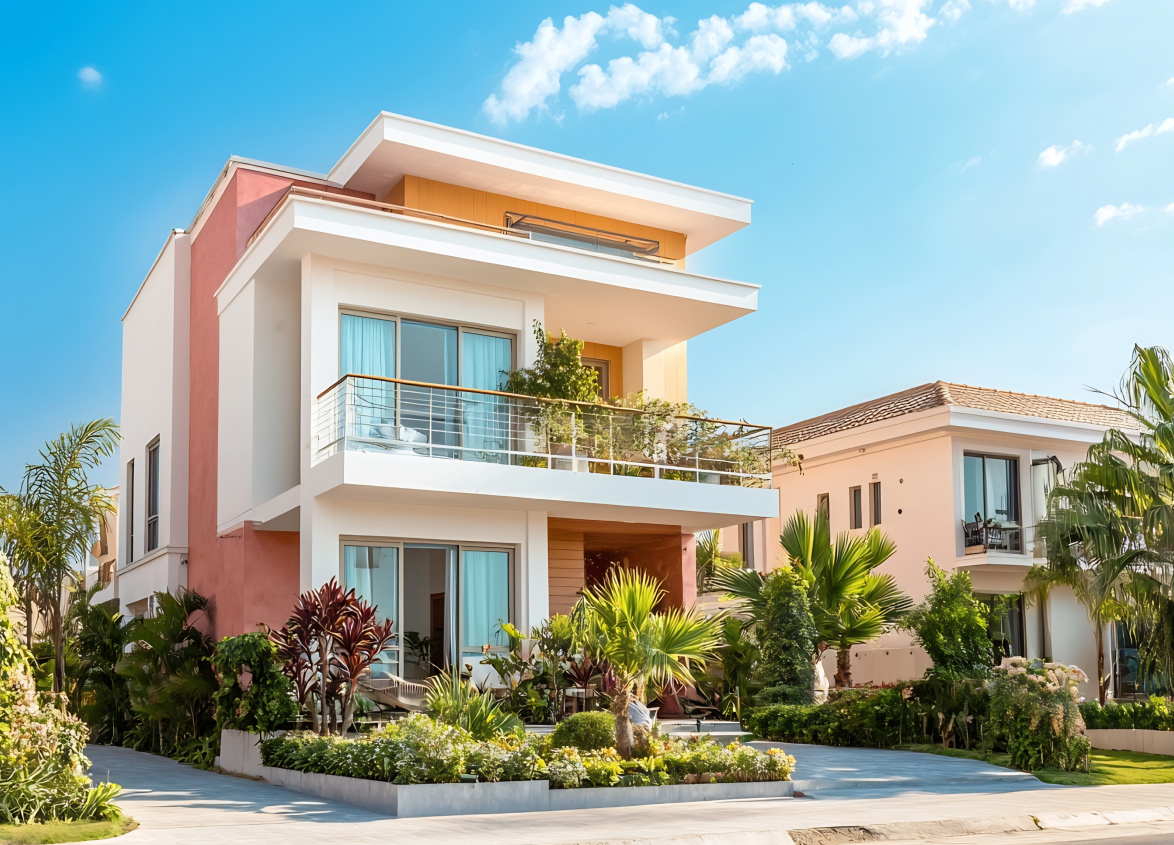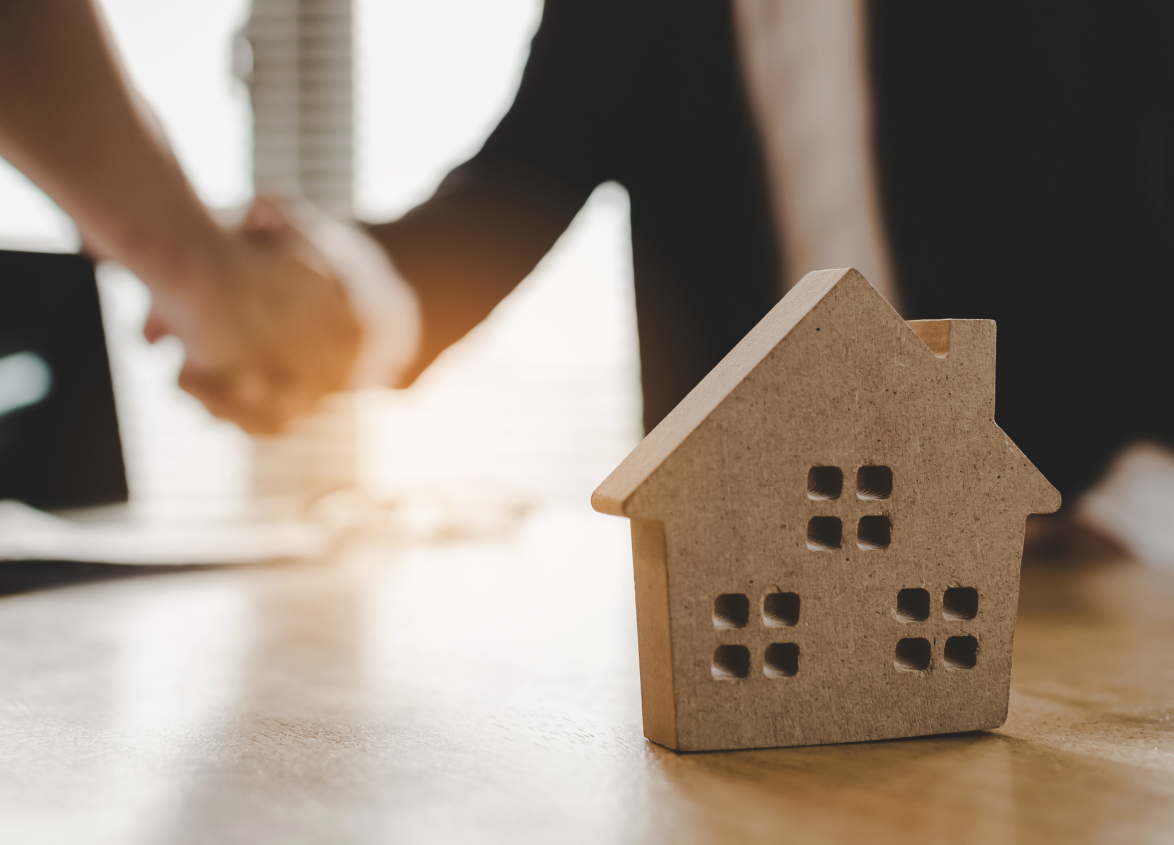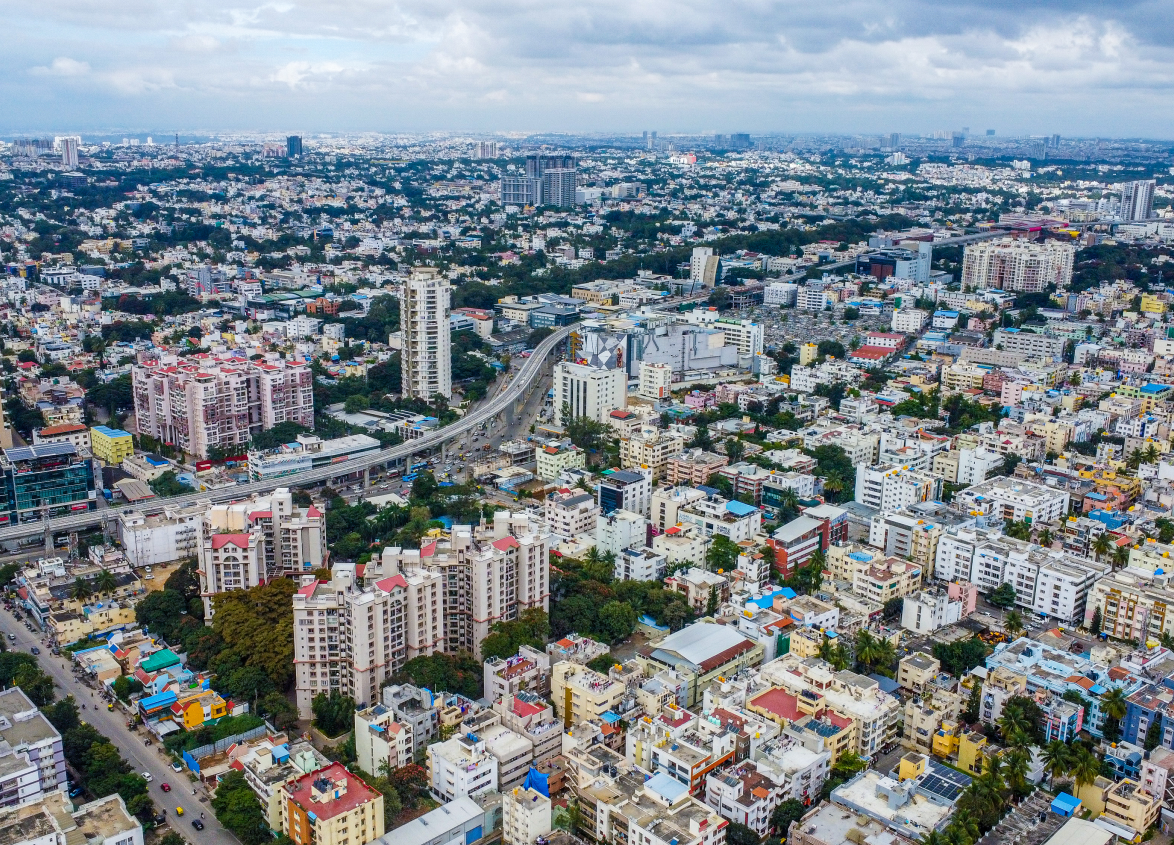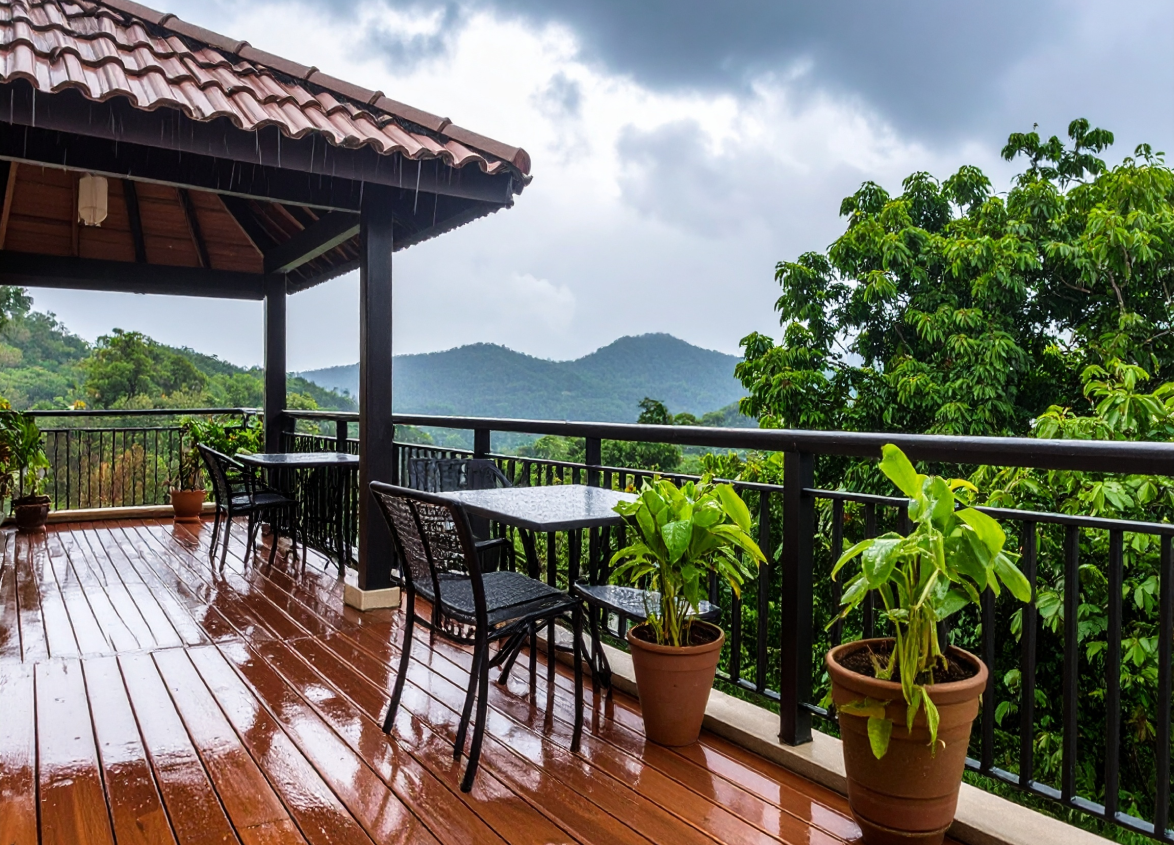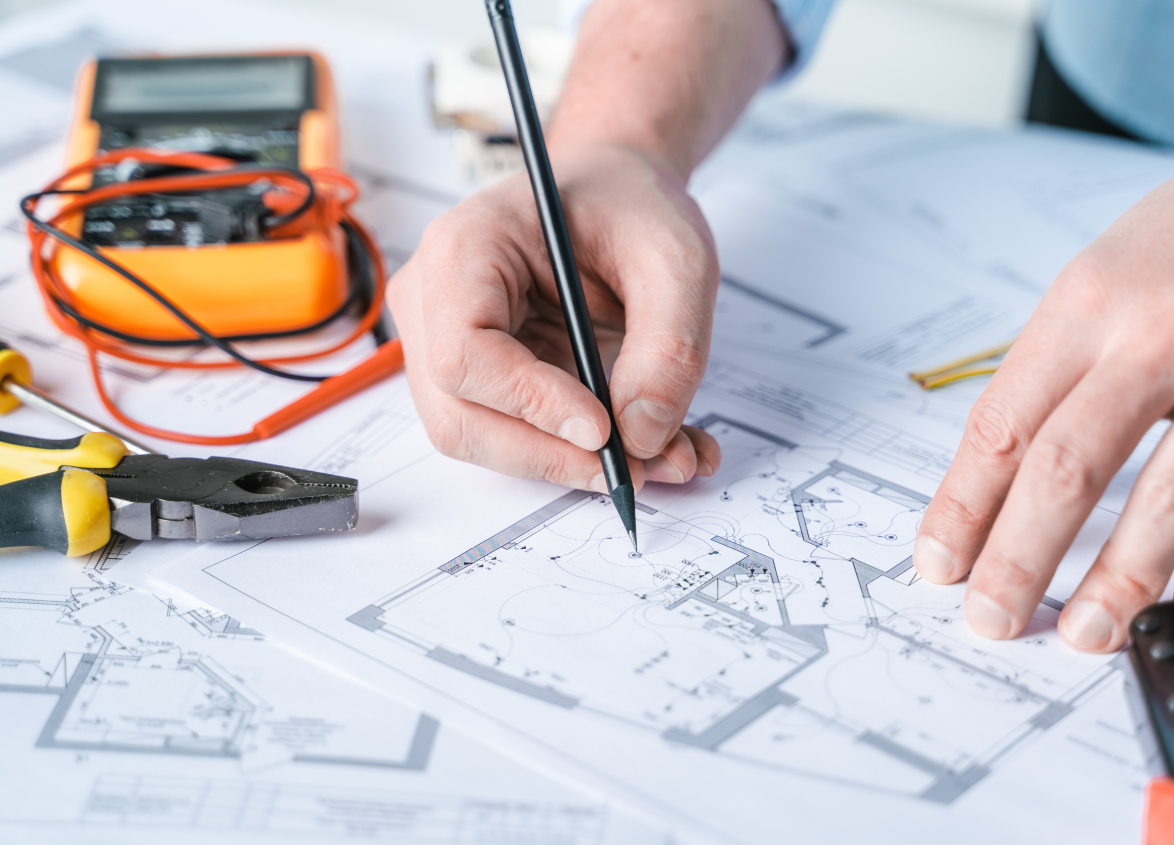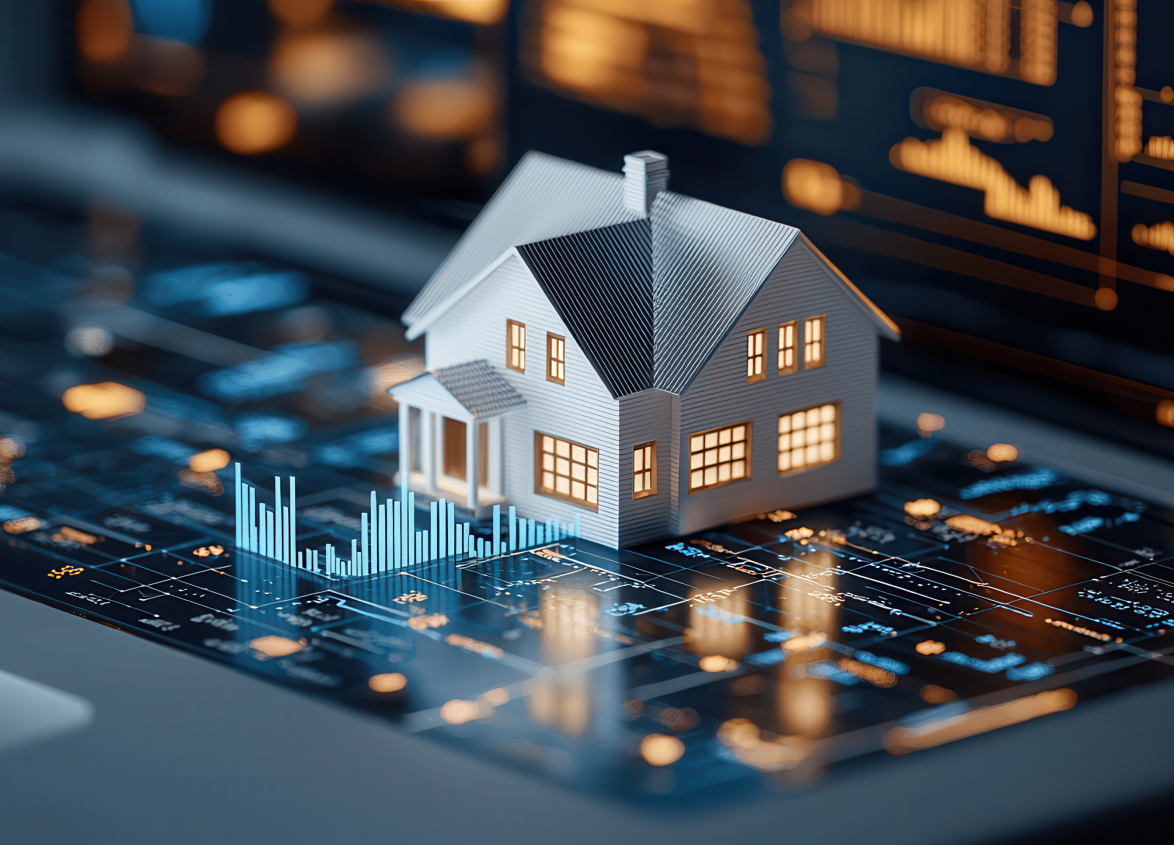
Residential
Net Zero Living: Redefining Luxury and Sustainability in Modern Apartments
January 24, 2025
With a new focus on environmentalism, Net Zero Living is no longer a luxury but a requirement for every building and home. Net Zero Living is aimed at synchronising human life with the earth's systems, and it means that the resources used should be equal to the resources created. Brigade Citrine is an example of such a sustainable vision; it is India's first Net Zero community.
Sited in the emerging growth belt of Bengaluru, it provides the residents a lifestyle of comfort and sustainability. Now let's discuss the fundamentals of Net Zero Living, its key characteristics and advantages, with reference to Brigade Citrine.
Net zero building is not the process of minimising energy use but of working with the environment and copying resources. Brigade Citrine is a Net Zero community in India that is one of the best examples of how design and sustainability can change the approach to living in cities.
Net Zero Living and Eco-Luxury
Net Zero Living is a concept that is defined as energy use being equal to the renewable energy generated on the site and carbon offset. This includes energy, water and waste management which makes the environmental impact of the community nil. Brigade Citrine proves that it is possible to achieve an upmarket lifestyle while at the same time adopting sustainable solutions for power, water and waste.
Understanding Net Zero Homes
In this generation, sustainability is a significant aspect of our lives and homes, particularly with the realisation or heightened awareness of climate change. Introducing net zero homes: a novel form of housing that generates as much energy in a year as is required to offset the energy needed to achieve the 'net zero' equation.
Designed in tandem with modern energy conservation and ecologically friendly construction and integrated with renewable energy systems, these homes significantly minimise greenhouse emissions.
What is a Net Zero Home?
Net Zero Living is a concept whereby the energy consumed in a home is the same energy that is generated from renewable energy sources. It covers energy, water, waste and carbon management. Net Zero communities are those that have been developed in a manner that will least affect the environment and also promote a healthy lifestyle.
Net Zero Living at Brigade Citrine is not a concept but a science perfected of how to live in harmony with nature, starting with the life in the building. Even the construction materials used and the management of the facility on a daily basis are done with the objective of reducing wastage.
Unique Traits of Net Zero Luxury Apartments
When introduced, net zero luxury sustainable apartments combine the best sustainability efforts with comfort, offering designs and convenience that allow residents to live in style while minimising adverse environmental impacts. Such luxuries stand out for their commitment to efficiency in energy use, water usage, and sustainable luxury—a more accessible and appealing way to eco-conscious living.
Designing for Energy Efficiency
The core of a net zero building naturally focuses on remarkable attention to energy use. Advanced insulation, tight construction, and high-performance windows minimize overheating, so the space remains thermally stable.
Many apartments incorporate solar panels or other on-site renewable energy sources, often combined with energy-efficient appliances and LED lighting, generating electricity on-site. Smart systems, such as climate control and monitoring, allow residents to have easier control over energy use, always combining technology with sustainability to achieve a net zero balance.
Water Saving Techniques
The key water conservation characteristics are discussed by applying new approaches that reduce water consumption while maintaining comfort. It supports low-flow faucets, dual flush toilets, and water-efficient shower heads. Rainwater harvesting and greywater recycling systems have improved efficiency and water recycling for horticultural and non-portable uses. On balance, the said solutions shorten water consumption to a different level and encourage an environmentally friendly lifestyle.
Sustainable Luxury Amenities
Net zero luxury apartments redefine eco-friendly living with high-end amenities designed from sustainable materials. Every detail speaks to green practices, from bamboo floors to reclaimed wood and low-VOC paints. Residents find a refreshing escape to rooftops and green terraces while improving insulation and interior air quality. The new levels of sustainability and sophistication add to these apartments, making them the perfect choice for the modern, eco-conscious luxury lifestyle.
Foundations of Sustainable Living
Net zero homes are not just efficient homes but they are much more than that. They provide water efficient fixtures, rain water management and sustainable waste management making them a package of sustainable design.
Sustainability in Luxury: The New Trend
As awareness of the environmental movement, especially in real estate, increases, the most apparent trend is the concept of eco-luxury.
Modern luxury houses are now combining opulent features with environmental issues to produce luxurious, green, large, sustainable apartments. This targets classy buyers who cannot afford to be associated with comfort and beauty, let alone environmental conservation.
Environmental Management in Luxury Residential Buildings
Green building innovation has become the new face of luxury in real estate. The list now starts with energy-saving appliances, enhanced insulation, and renewable energy, such as solar and geothermal. Reclaimed wood, recycled steel, and low-volatile organic compound paints combine beauty with sustainability. High-tech systems can also control smart energy, minimise wastage, and conserve water, introducing efficiency to marvellous design.
Sustainability is no longer an add-on but, rather, a central aspect of luxury. Its meaning is adopted in green-oriented designs when luxury homes incorporate sustainable, holistic designs, from green rooftops that enhance insulation and aesthetics to net zero homes, which generate as much energy as they consume. This commitment to low environmental impact adds richness to the living experience of life in comfort, tastefully honouring both the planet and comfort and sustainability, which is the proper foundation of modern luxury living.
Economic Incentives for Going Green
While the cost of building net zero homes is high at the onset, the benefits of this lifestyle are even more attractive due to economic incentives. Owners are encouraged through tax credits, rebates, and government grants, therefore reducing the establishment costs of energy efficient measures and implementation alongside renewable energy systems. In the long run, net-zero living provides a good financial outcome in terms of the energy bill, and some homeowners even produce more power than they use, which they export to the grid.
Net zero homes also have a higher value, so eco-friendly homebuyers can afford to spend money on sustainable properties. When energy costs keep changing, a guarantee of self-sufficiency through renewable energy simply goes hand in hand with security over finances, and thus, living in net zero is not only given to the earth but also economically savvy.
Incorporation of Luxury and Eco-Friendly Practices
Even as one folds different elements of eco-friendliness with rich luxury, today's lavish properties like Brigade Citrine incorporate sustainable elements, including low-impact appliances, smart technology, and locally sourced materials with high-end aesthetics. But making these green features luxurious becomes costly and complicated.
The “green builders” are using more and more sustainable materials, green roofs, and renewable energy sources like solar panels to create an environmentally friendly buyer and a luxurious life connected with nature.
Compliance and Regulatory Issues
Sustainable development will also involve a web of regulatory standards and compliance matters. Regional policies vary and encompass energy and water efficiency, waste and environmental policies. Developers make sure that projects are constructed to LEED or BREEAM green building standards, which adds more checks and balances and costs.
To attain certifications that add value and appeal to environmentally sensitive customers, then compliance is vital. In this regard, through achieving the right mix of luxury on one hand, sustainable development and meeting the requirements of the legal structures on the other, developers assume the role of creating steward, premium spaces that synchronise with requisite demand and aspiration for sustainability.
Environmental Impact and Benefits
Reducing greenhouse gas emissions combats climate change, thus building healthier communities by improving the air quality in the area.
Environmental Conservation: Net Zero communities help to solve environmental issues such as energy upset, water scarcity, and poor waste management.
Cost Efficiency: People enjoy the advantage of paying less on their electricity, gas, and water bills because of energy efficient structures, green energy, and water-saving features.
Enhanced Quality of Life: Light and fresh air combined with facilities like gardens have a positive impact on the health of the residents and create a more relaxing mood.
Long-term Sustainability: The best practice at Brigade Citrine is future-proofing and offsetting carbon emissions for 25 years.
Features of Brigade Citrine - A Net Zero Community
To achieve eco-friendly living, Brigade Citrine has incorporated the following characteristics in its net zero homes:
1. Sustainable Design and Architecture
The Brigade Citrine is built on 4.3 acres of land and has sustainability as its design philosophy. The community features:
Energy-efficient Buildings: Optimised glazing does not trap heat, thus increasing energy efficiency while at the same time, interiors remain cool.
Private yet Inclusive Homes: None of the 420 units is directly opposite each other to afford privacy, adequate airflow, and light.
Cool Roof Technology: This is because it slows down indoor temperatures, leading to minimal energy requirements for cooling.
2. Renewable Energy Integration
All the common areas are lit by solar energy, thus greatly decreasing reliance on fossil energy sources. This clean energy initiative makes sure that the community does not add to the carbon footprint while at the same time is efficient.
3. Advanced Water Management
Brigade Citrine incorporates:
Novelties such as rainwater harvesting systems help minimise human need for fresh water.
Intelligent lighting that reduces water consumption by up to 46.5%.
Use of water reclamation as a means of supplying water for irrigation and other non-portable uses, thus relieving external water sources.
4. Thoughtful Waste Management
Realising that sustainability means creating minimal waste, the community Accordia saves between 250 and 300 tons of waste per year from filling our planet’s graveyards. This is done by composting the organic scrap and following the scrap and recycling process for the other materials.
5. EV Charging Infrastructure
The ideas of improving clean transportation as well as installation of EV charging stations is the right thing in line with sustainable mobility.
Net Zero Living: Future Directions
Net zero living is changing rapidly and increasingly through advancements in sustainable technologies and changing consumer preferences. Net zero homes are poised to be the leading model for future developments and residential trends that will soon be commonplace in the eco-conscious practice.
Cutting-Edge Sustainable Technologies
New technologies in renewable energy, energy storage and construction materials are all propelled by the need to achieve Net zero living. Better and cheaper solar and wind technologies and new ideas in battery storage will allow homes to store energy and increase their self-sufficiency rates.
New building materials, ranging from carbon-neutral concrete to advanced insulation, increase energy efficiency and decrease the carbon footprint while making houses energy-efficient, resilient, and durable.
Changing Consumer Preferences
Currently, homebuyers are increasingly shifting the scale of eco-friendly features at the forefront of their preferences. The optimum priority is as much given to luxury and convenience as to sustainability. The changing consumer preference pattern is making developers include green spaces, energy-efficient appliances, and sustainable design in every aspect of net zero homes.
In the long run, consumers' growing concern with their carbon footprint increases demand for climate-neutral and climate-positive housing stock and slowly pushes the real estate sector toward sustainability. This development means that personal values and lifestyle are in harmony; therefore, net zero homes are necessary for the environmentally conscious consumer.
Brigade Citrine: A Commitment to the Future
Brigade Citrine is not just about creating a sustainable community; it’s about pioneering a movement toward a better future. The project exemplifies the Brigade Group’s broader commitment to sustainability, including:
- Mitigation of embodied carbon through sustainable construction practices.
- Use of local materials to support regional economies and reduce transportation emissions.
- Planting over 79,000 trees as part of reforestation efforts.
These initiatives underscore the Group’s dedication to achieving a Net Zero carbon footprint by 2045.
Conclusion
Net Zero Living is not just a way of living; it is a conscious call in today's globalised environment. Brigade Citrine is a perfect example of how design, technology and sustainability can be incorporated into the modern lifestyle in the city. The realisation of Net Zero principles provides communities with a chance to leave behind a sustainable environment that will be inherited by generations to come.
Being a resident of a Net Zero community is not about minimising your carbon footprint; it is about positively contributing to the future of the planet. Everyone should start making necessary changes toward this mantle of embracing change for the greener and balancing of the world.
FAQs
1. What is a Net zero home?
One of these houses produces as much energy as it consumes within a year, achieved through energy-efficient designs, high insulation performance, renewable sources like photovoltaic solar panels and smart technologies that enable optimum energy use.
2. How to find environmentally friendly, luxurious apartments?
Look for luxury apartments in a LEED-certified or green building-certified development. Many websites that list properties allow filtering by sustainability features. You could also ask property developers about other eco-friendly technologies used in constructing the amenities, such as solar-energy-based systems, rainwater harvesting and utilisation of sustainable materials.
3. What are the economic advantages of net zero living?
Net zero houses reduce energy bills through renewable energy generation and energy-efficient designs. These are very cost-effective across the structures' lifecycle. Many governments also provide tax incentives, rebates and grants for green construction, making it cost-effective over the long term.
4. Which technology improves green building?
Technologies like solar panels, smart thermostats, energy-efficient HVAC systems, energy storage batteries and highly insulating materials improve green buildings. They help reduce waste, increase efficiency and maximise energy usage.
5. How do Net Zero homes help in sustainability?
Net zero homes consume minimal energy and provide renewable energy, thus minimising carbon footprints. Moreover, they achieve water conservation and minimise wastage, hence yielding a healthier environment.
6. What obstacles does a builder face in these green projects?
Green projects cost builders more due to the higher prices of sustainable materials, complicated rules and regulations and even special skills and knowledge in green technologies. Luxury and eco-friendliness are mixed only with innovative design solutions.
7. How do we check whether the building follows the actual green building standards?
Certifications like LEED (Leadership in Energy and Environmental Design) or BREEAM (Building Research Establishment Environmental Assessment Method) will verify whether buildings are implemented according to green building standards. These standards must comply rigorously with sustainability criteria in energy, water, waste and indoor environmental quality.
MUST READ
Looking for something specific?
We'd be delighted to help you.



